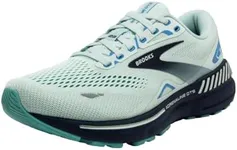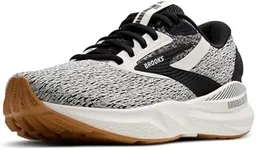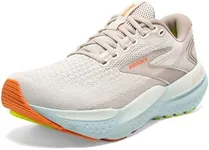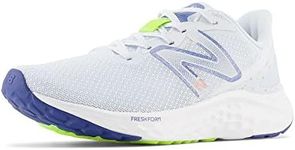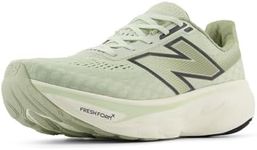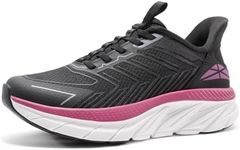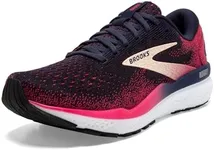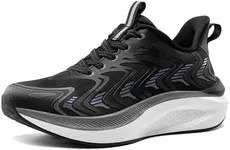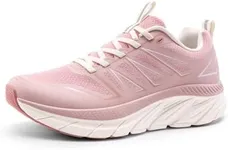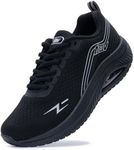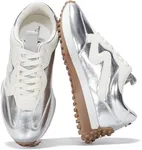Buying Guide for the Best Women Running Shoes
Choosing the right running shoes is crucial for women who want to ensure comfort, prevent injuries, and enhance their running performance. The right pair of shoes can make a significant difference in your running experience. Here are some key specifications to consider when selecting women's running shoes, along with explanations to help you make an informed decision.Fit and SizeFit and size are essential because they directly affect comfort and performance. Running shoes should fit snugly but not too tight, with enough room in the toe box to wiggle your toes. Sizes can vary between brands, so it's important to try on shoes and, if possible, go for a run in them to ensure they fit well. Consider the shape of your foot and any specific needs, such as a wider or narrower fit.
Arch SupportArch support is important for providing stability and preventing injuries. There are three main types of arches: low (flat), medium (normal), and high. Shoes with proper arch support can help distribute pressure evenly and reduce strain on your feet. To determine your arch type, you can do a wet test by wetting your foot and stepping on a piece of paper to see the imprint. Choose shoes that offer the right level of support for your arch type.
CushioningCushioning refers to the amount of padding in the shoe, which impacts comfort and shock absorption. Shoes with more cushioning are ideal for long-distance running or for runners who prefer a softer feel. Less cushioning can be suitable for shorter runs or for those who want a more responsive and lightweight shoe. Consider your running style, distance, and personal preference when choosing the level of cushioning.
Heel-to-Toe DropHeel-to-toe drop is the difference in height between the heel and the forefoot of the shoe. A higher drop (8-12mm) can provide more heel cushioning and is often preferred by heel strikers. A lower drop (0-6mm) promotes a more natural running gait and can be better for midfoot or forefoot strikers. Your running form and any previous injuries can guide you in selecting the appropriate drop.
BreathabilityBreathability refers to how well the shoe allows air to circulate, keeping your feet cool and dry. Shoes with good breathability are made from lightweight, mesh materials that help prevent overheating and reduce the risk of blisters. If you run in hot or humid conditions, prioritize shoes with high breathability to enhance comfort.
DurabilityDurability is about how long the shoes will last before they need to be replaced. Durable shoes are made from high-quality materials that can withstand regular use. Consider the surfaces you run on (e.g., road, trail) and your running frequency. If you run often or on rough terrain, look for shoes with reinforced areas and sturdy construction.
WeightWeight of the shoe can affect your running efficiency and speed. Lighter shoes can help you run faster and feel less fatigued, making them ideal for races or speed training. Heavier shoes often provide more support and cushioning, which can be beneficial for long-distance runs or for runners who need extra stability. Balance your need for speed with the level of support you require.
